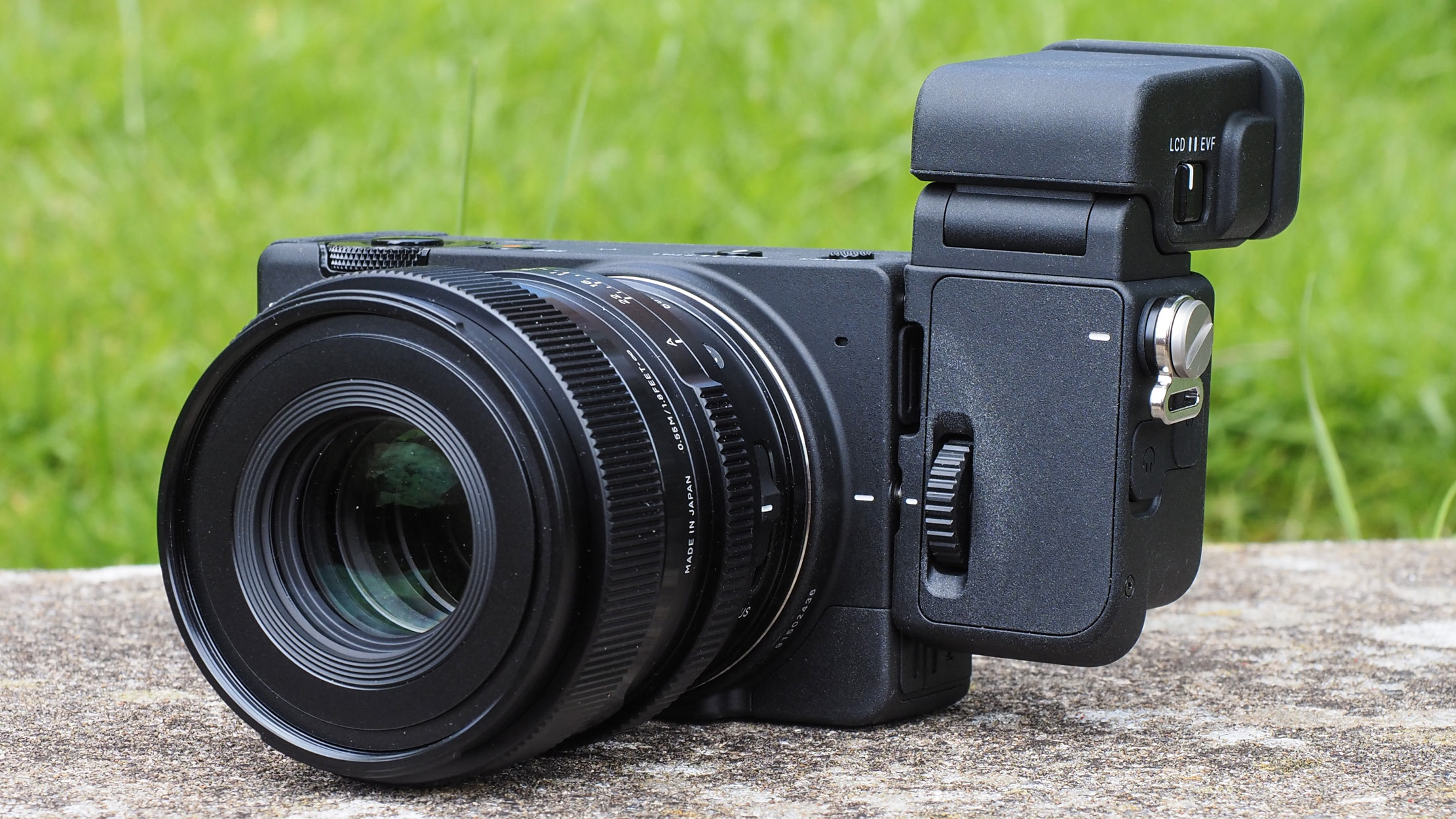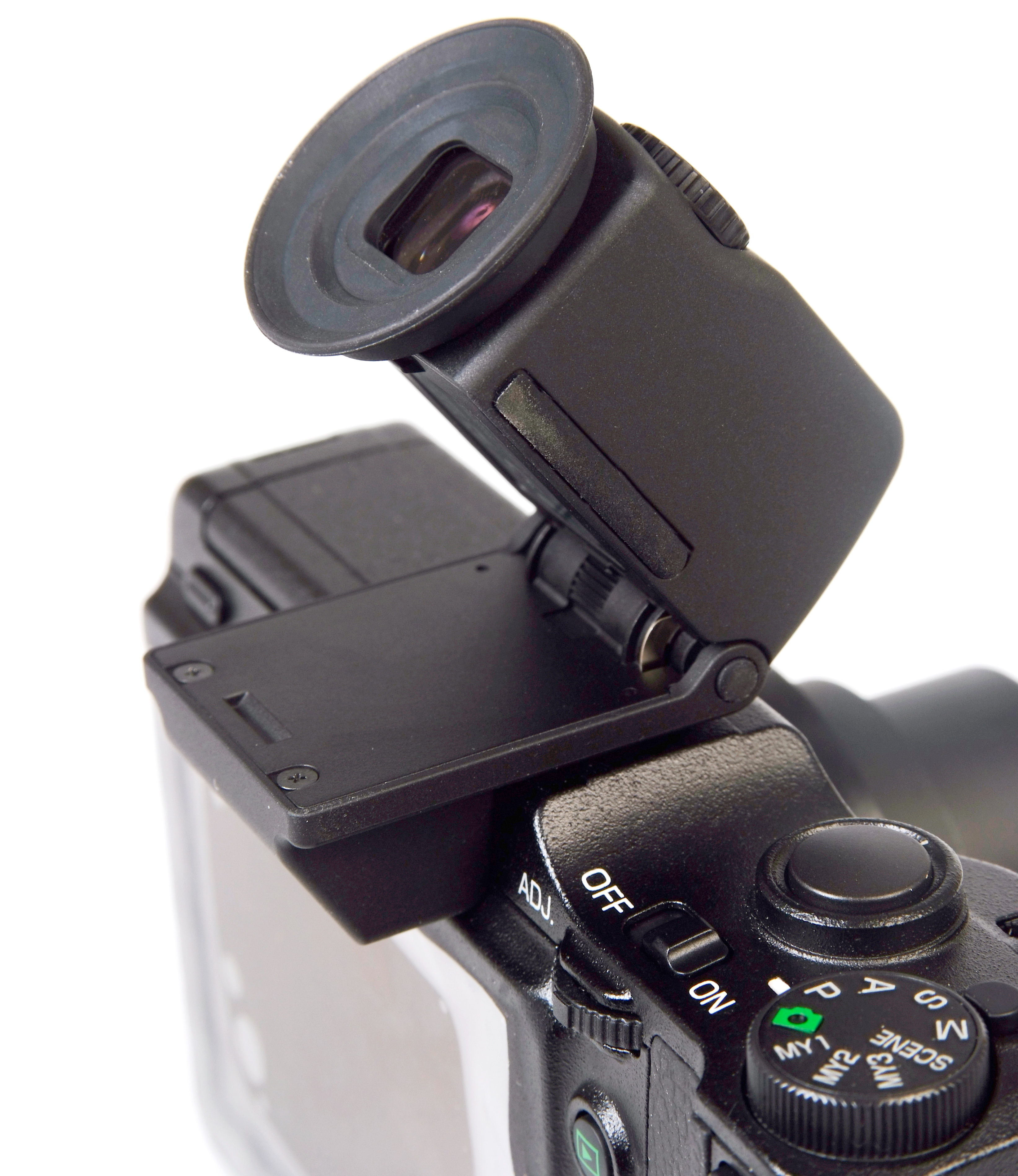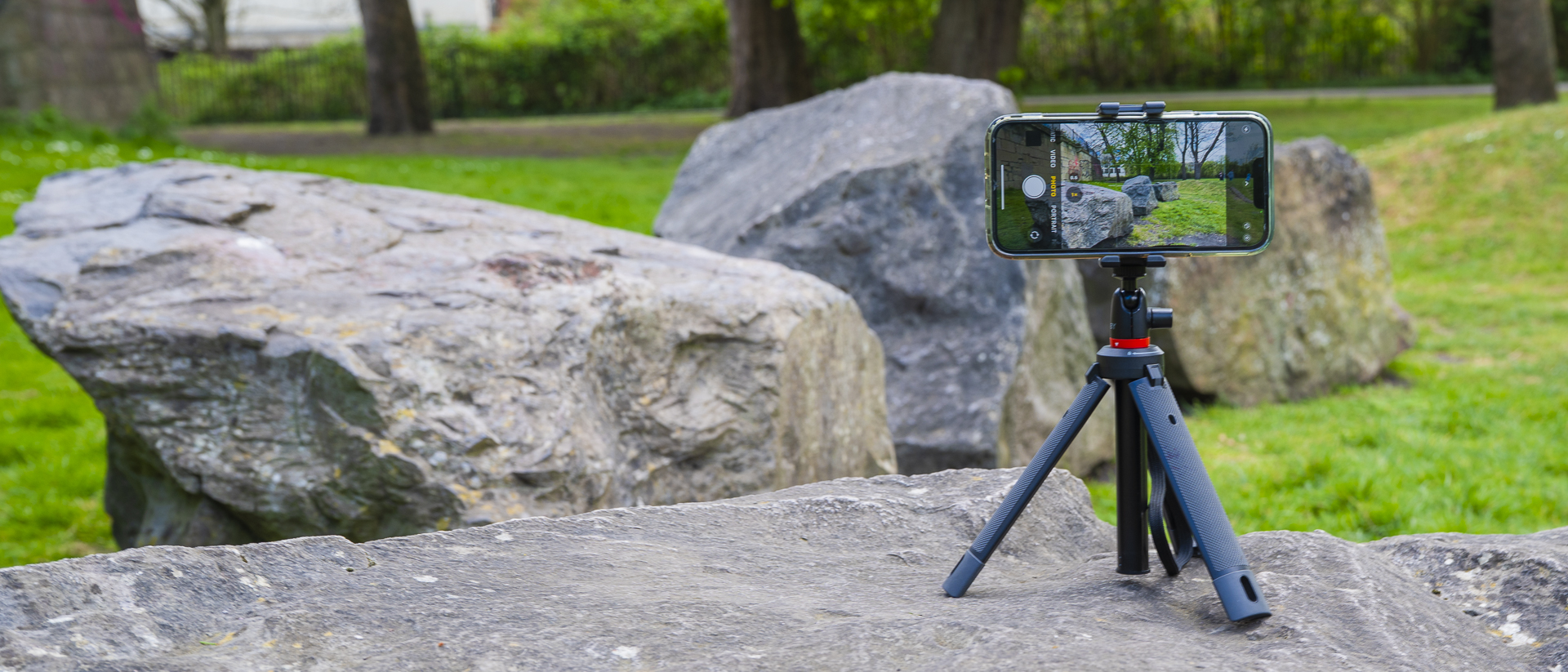The lack of viewfinders on modern mirrorless cameras is short-sighted, and I wish optional EVFs were on offer
Not everyone wants to use a camera like a phone. Why can't we at least have the option to take pictures properly?

The newish class of ‘content creator’ mirrorless cameras has seen a return to the bad old days of models without eye-level viewfinders. The main rationale seems to be that vloggers or online video presenters don’t use them, so there’s no need to find space for them on these cameras. It’s probably also true that it saves a bit on the manufacturing costs.
But – with absolutely no pun intended – this all seems a bit short-sighted, especially as it’s limiting the appeal of cameras that would have the potential to sell more widely if they had an electronic viewfinder (EVF).
The new Fujifilm X-M5 is a prime example. It’s very appealing because of its small size and many of the classical elements of its styling. You get pretty well all the goodies of cameras such as the X-T50, X-T5 and X100VI, but with the fourth-gen 26.1MP X-Trans sensor (as in the X-T4 and X-T30 II), which is no bad thing.
Yet the X-M5 is unique in the X system in that it’s truly compact, but still has interchangeable lenses. I’ve seen a number of online reviewers commenting to the effect that they’d be queueing up to buy the X-M5 if only it had a viewfinder. I agree, it’s a very desirable little package with plenty of appeal for existing X mount users – and others – who want something that’s essentially pocket-sized but still has the character and capabilities of the rest of the clan.

If you can’t build in an EVF, then why not a plug-in accessory? I’m currently revisiting the Ricoh GXR – for a future article – and the add-on EVF works brilliantly here. It clips onto the hot shoe and plugs into the camera body via a separate connection just behind. Of course, others have used this solution at one time or another – such as the Sigma fp and fp L, with the optional EVF-11.
Adding an accessory viewfinder would be easy to do with the likes of Sony’s ZV-E10 II, which has the Multi Interface Shoe with power and data connections built into the hot shoe. Frankly, though, if Canon could build a perfectly good EVF into, for example, the PowerShot G5 X II – which is way smaller than any of the vlogging cameras we’ve seen so far – then there’s really no excuse, and you really wonder what’s behind it.
Would an EVF-equipped X-M5 cannibalize sales from other models? Hard to see, given that they’re now mostly all trading on their higher-res 40MP sensors. And it’s the same when you look at Sony’s ZV series models or the Panasonic Lumix S9 – which, as a full frame L-mount body, would surely sell many times more if it had an EVF. Even if you weren’t invested in the Lumix S system, it’d have to be up there as a handy take-anywhere camera for travel or street photography.
Get the Digital Camera World Newsletter
The best camera deals, reviews, product advice, and unmissable photography news, direct to your inbox!
So what’s the big deal about a viewfinder? Well, for starters, it really connects you with the camera and in a way that’s more intimate than simply hanging onto the handgrip. You become fully concentrated on what’s happening within the imaging area to the absolute benefit, I believe, of both framing and composition. With everything in your face, as it were, rather than at arm’s length, you’re fully and totally involved in the processes of creating and capturing a photograph.
The old waist-level finder is just as involving, if you’re using the eyepiece, and only marginally less so with the camera pressed to your tummy. Of course, the EVF also isolates you from the effects of ambient light – often problematic when shooting in bright sunny conditions – and you are very much up close and personal with all your camera’s settings.
And, better still, modern-era EVFs show you exactly what’s happening when you make adjustments – which can be much harder to discern on a monitor screen. But either optical or electronic, the viewfinder is an integral and essential part of the camera experience for photographers… which is why something deeply fundamental is definitely missing from the cameras that don’t have one.
You might also like…
Love using viewfinders? Take a look at the best DSLRs and the best rangefinder cameras.

Paul has been writing about cameras, photography and photographers for 40 years. He joined Australian Camera as an editorial assistant in 1982, subsequently becoming the magazine’s technical editor, and has been editor since 1998. He is also the editor of sister publication ProPhoto, a position he has held since 1989. In 2011, Paul was made an Honorary Fellow of the Institute Of Australian Photography (AIPP) in recognition of his long-term contribution to the Australian photo industry. Outside of his magazine work, he is the editor of the Contemporary Photographers: Australia series of monographs which document the lives of Australia’s most important photographers.
